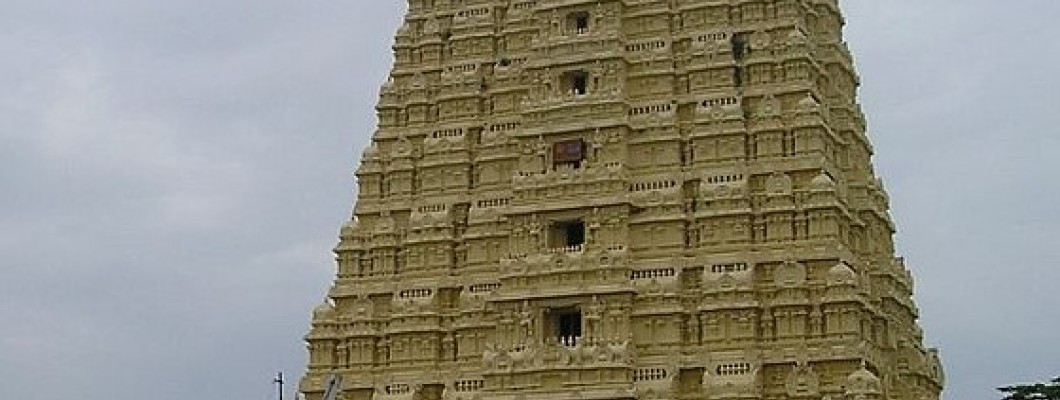
Representing earth, one of the five elements of the nature,
Lord Shiva, in the Ekambaranathar Temple
is believed to have manifested himself in the form of Prithvi Lingam. One of
the best known temples of Kancheepuram, this shrine of Ekambareswarar is
believed to have been in existence since at least 600 AD. The temple initially
built by Pallavas was later rebuilt by the Cholas. Adi Shankara is also
believed to have expanded this temple with the help of the then rulers.The
Vijayanagar kings, during the 15th century, also made lot of contributions to
the shrine. It was also developed by Vallal Pachiyappa Mudaliar.
Location TamilNadu, Kanchipuram, Chennai
Legend
Legend has it that Parvati devi did a penance under the
temple's ancient Mango tree near Vegavathi river. In order to test her, Shiva
first send fire. Hearing Parvati's prayers Vishnu helped cool down the tree and
Parvathi. Shiva then send Ganga. On Parvati's request, Ganga did not disturb
her penance and Parvati made a Shiva Linga out of sand to get united with
Shiva. Thus the God here came to be known as Ekambareswarar or "Lord of
Mango Tree".
According to another legend, it is believed that Parvati
worshipped Shiva in the form of a Prithivi Lingam (or a Lingam made out of
sand), under a mango tree. The overflowing waters of the neighboring Vegavati
river threatened to engulf the Shiva Lingam. Parvati embraced the Lingam to
protect it. Shiva touched by the gesture came in person and married her.
This temple is part of
Saptapuri Yatra
Kanchipuram Divya Desam Yatra.
Pancha Bootha Stalam Yatra
Architecture
One of the ancient temples in India, the architectural
marvel of Ekambareswar Temple epitomises the skills of the bygone era of
Pallavas, Cholas and Vijayanagars. One
of the tallest gopurams in India, the 59m thigh temple gate way is adorned with
exquisite carvings. The hallway with a thousand pillars and the 1008 lingams
that adorn the inner walls are sights to behold. There is a small shrine for
Vishnu named Thiru Nilaaththingal Thundathan inside the temple complex, which
is one of the 108 divya desams. The temple tree is a 3,500-year-old mango tree
whose branches are said to yield four different types of mangoes from its
branches.
Picture courtesy: "Ekambareshwarar5" by Ssriram mt
- Own work. Licensed under CC BY-SA 3.0 via Commons - https://commons.wikimedia.org/wiki/File:Ekambareshwarar5.jpg#/media/File:Ekambareshwarar5.jpg
Culture
Kanchipuram, in the state of Tamil Nadu is one of the
important religious places in India and a holy pilgrimage site for both
Saivites and Vaishnavites. Historically, it was a centre for education and
popular for the architectural beauty of its temples. Silk saree weaving is a
major industry and Kanchipuram pattu(silk) is famous all around the country.
Darsan Info
Ekambareswarar Temple timings : 6:00 AM - 12:30 PM and 4:00
PM - 8:30 PM
There is no separate shrine for the female deity as is
customary in all the Shiva Temples found in Kancheepuram. Heavy crowds can be
expected on new moon, full moon and pradosha days.
Darsan Dresscode
Devotees are advised to wear clean and conservative attire
while visiting Ekambareswarar Temple.
Famous Festival
April - Panguni Uthiram festival
November - Diwali, Kartikai Deepam
Temple Rituals
Six worship services are offered in the temple of Sri
Ekambareshwar every day.
Special Rituals
It is a local belief that if a childless woman takes the
fruit of the tree at the Ekambareswarar Temple, she is blessed with children.
Additional Info
![]()
Eateries near Ekambaranathar Temple -
Hotel Srinivasa
Jothi's multi cuisine restaurant
Hotel Saravan Bhavan
![]()




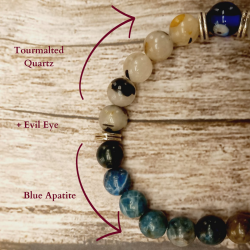
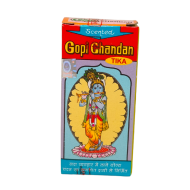
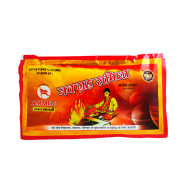
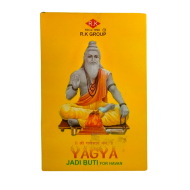

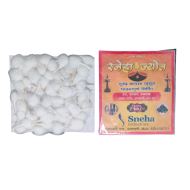
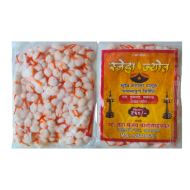
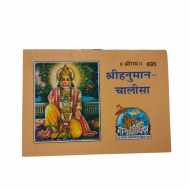
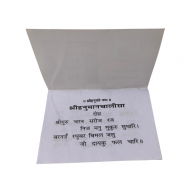
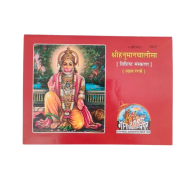
-190x190.png)
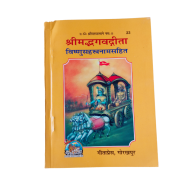
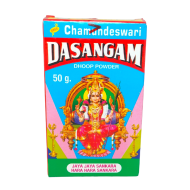
Leave a Comment